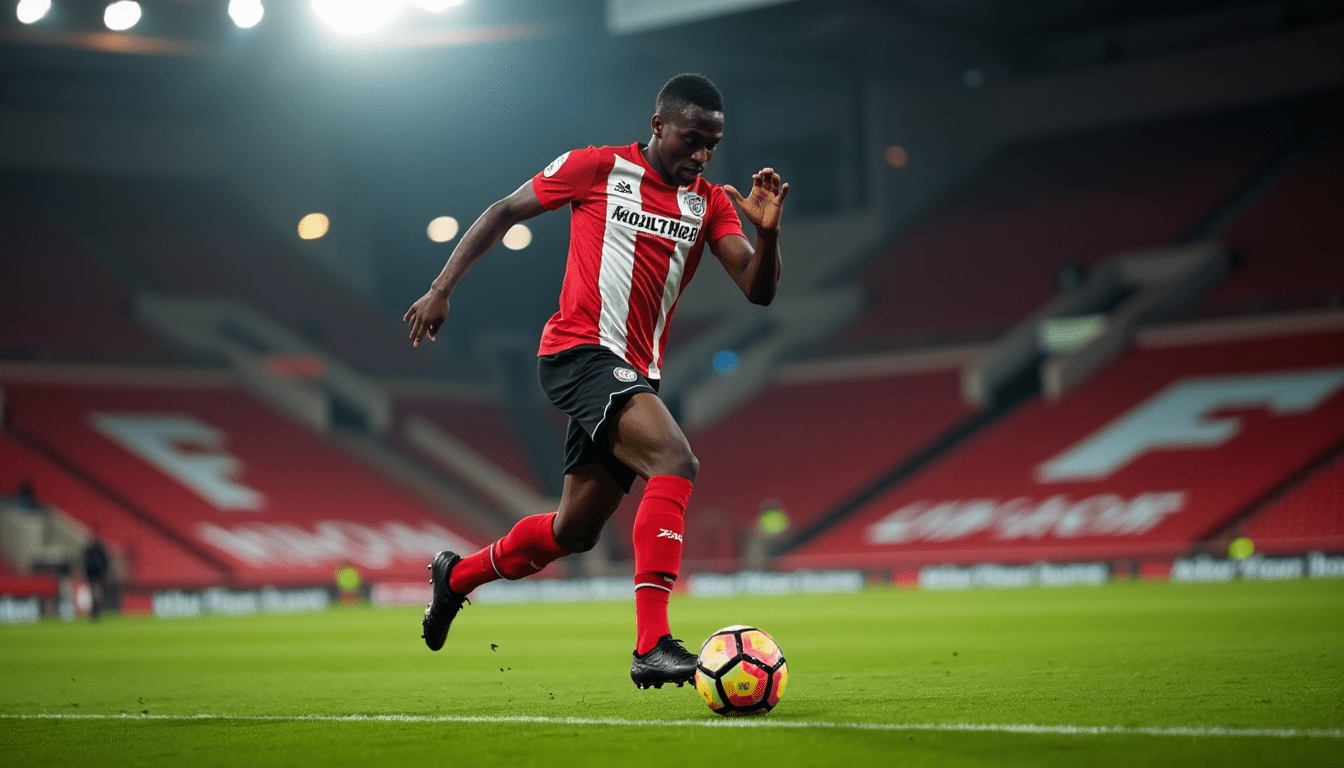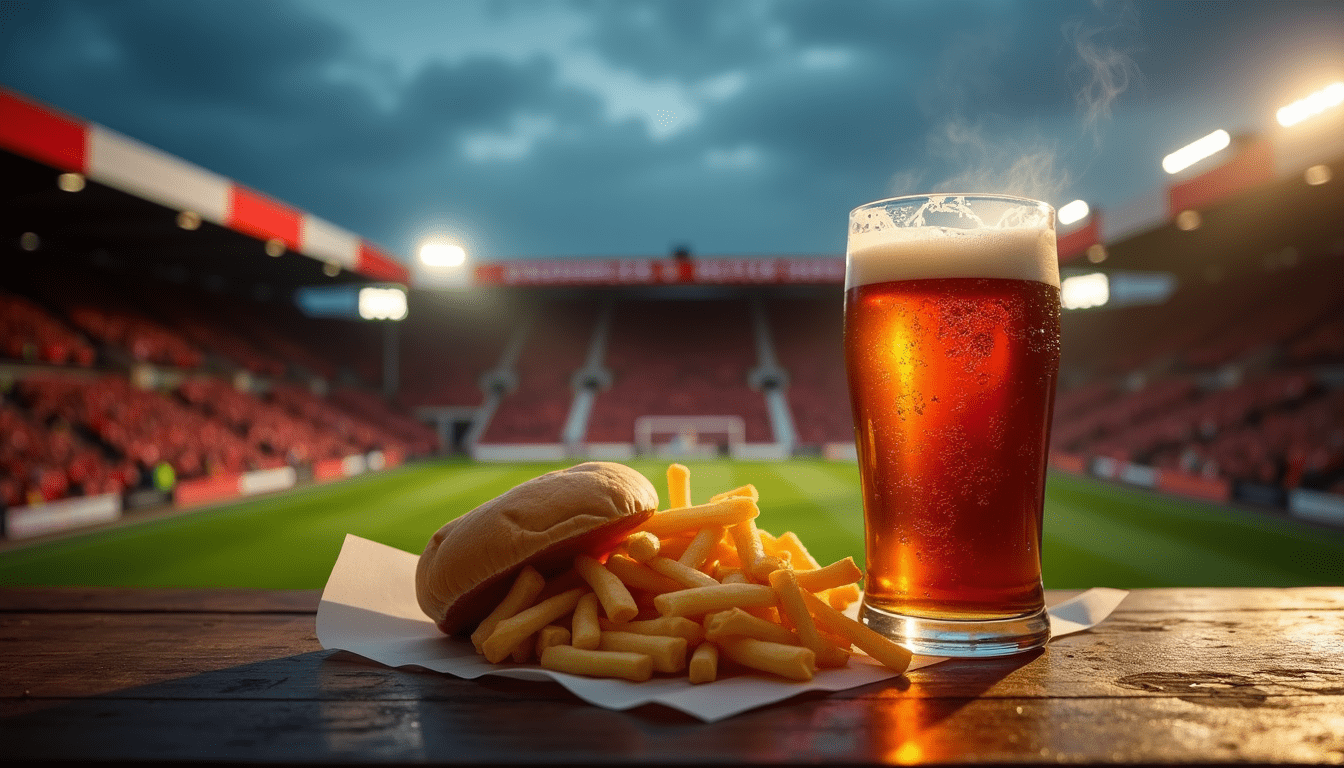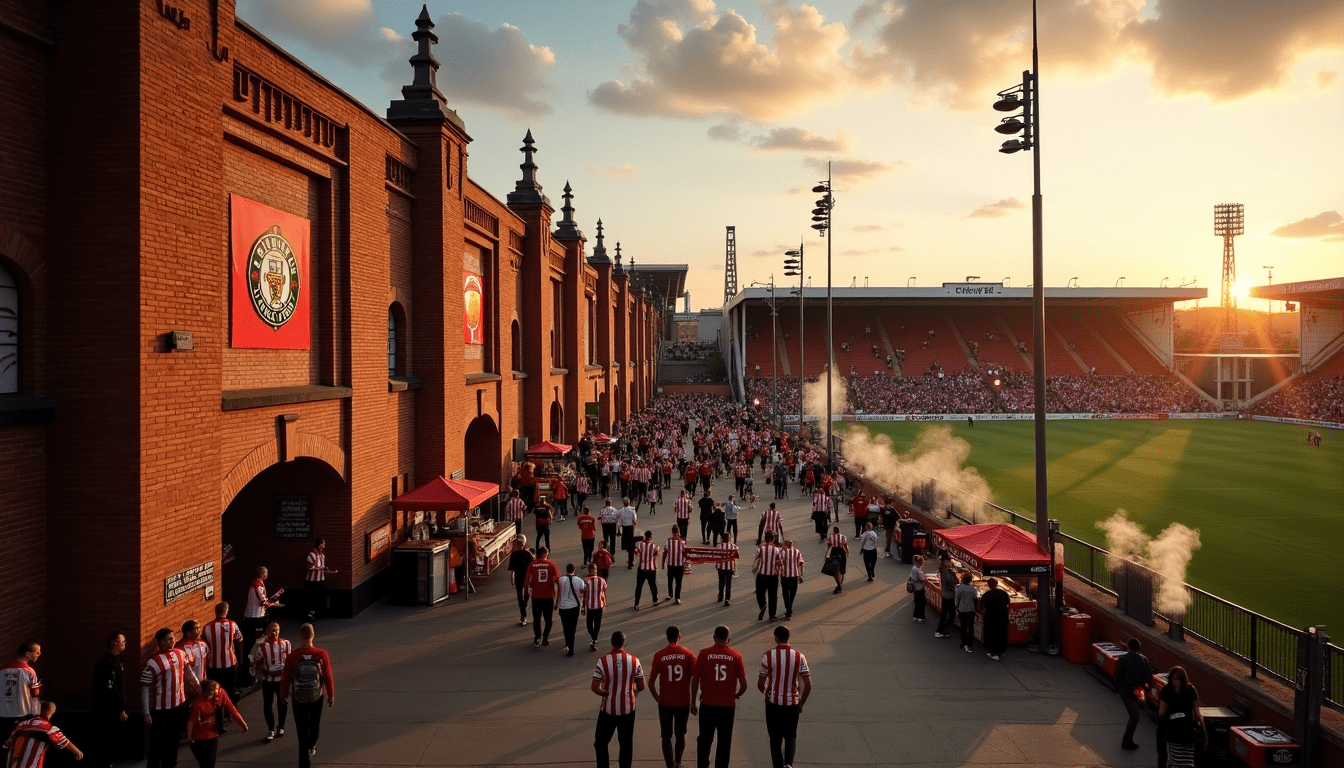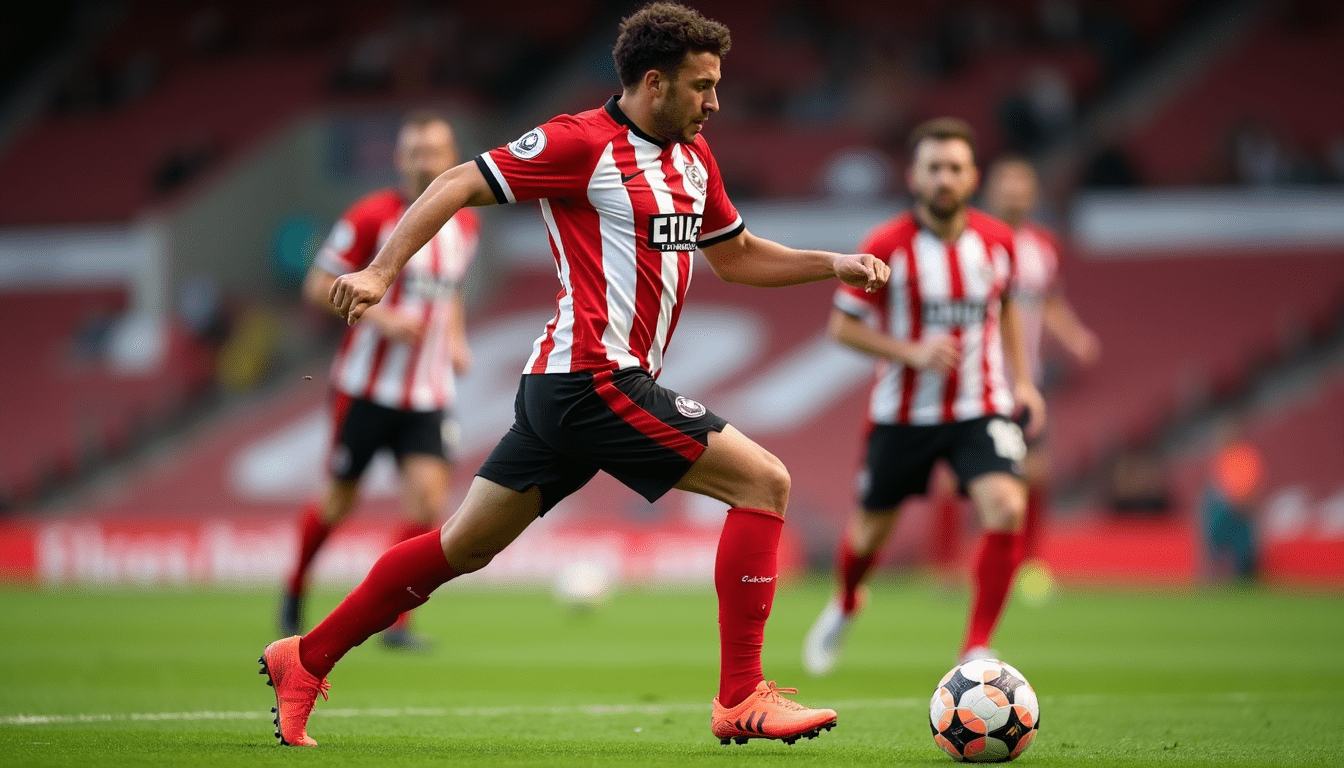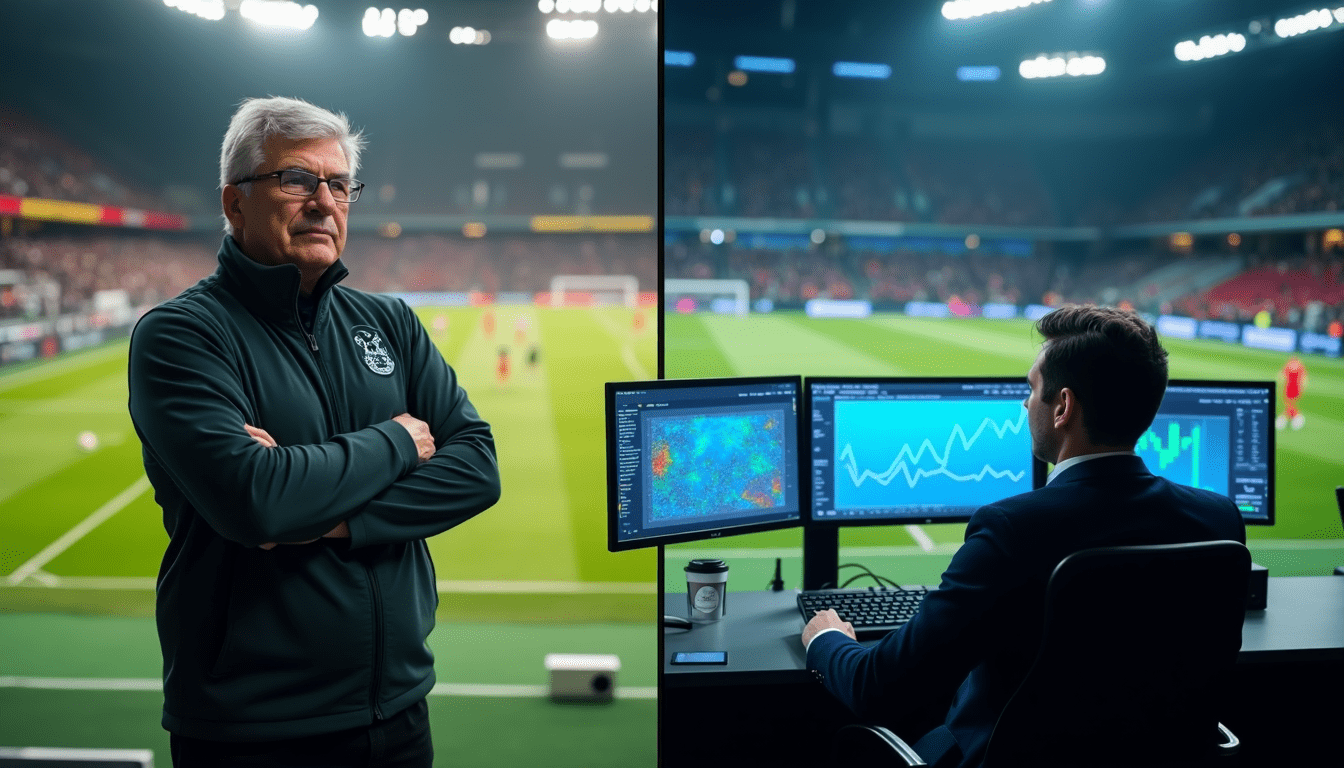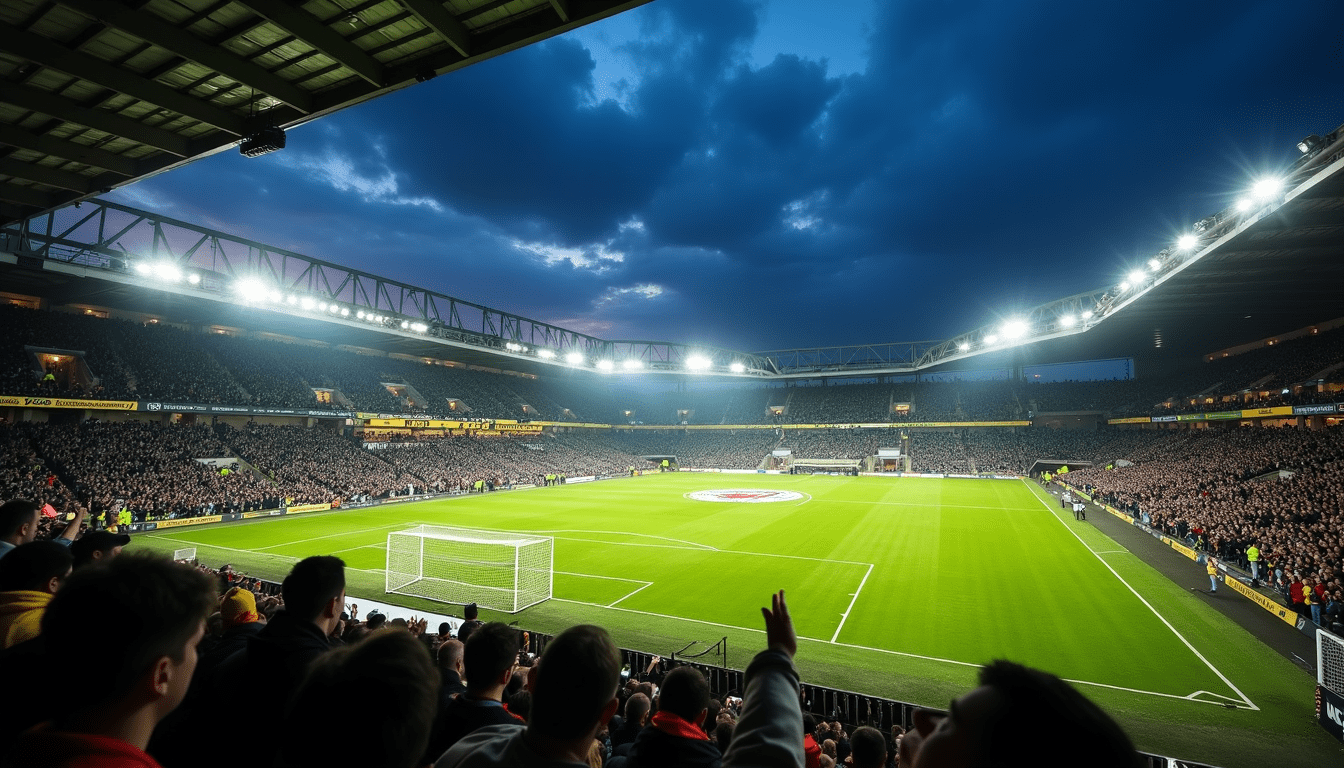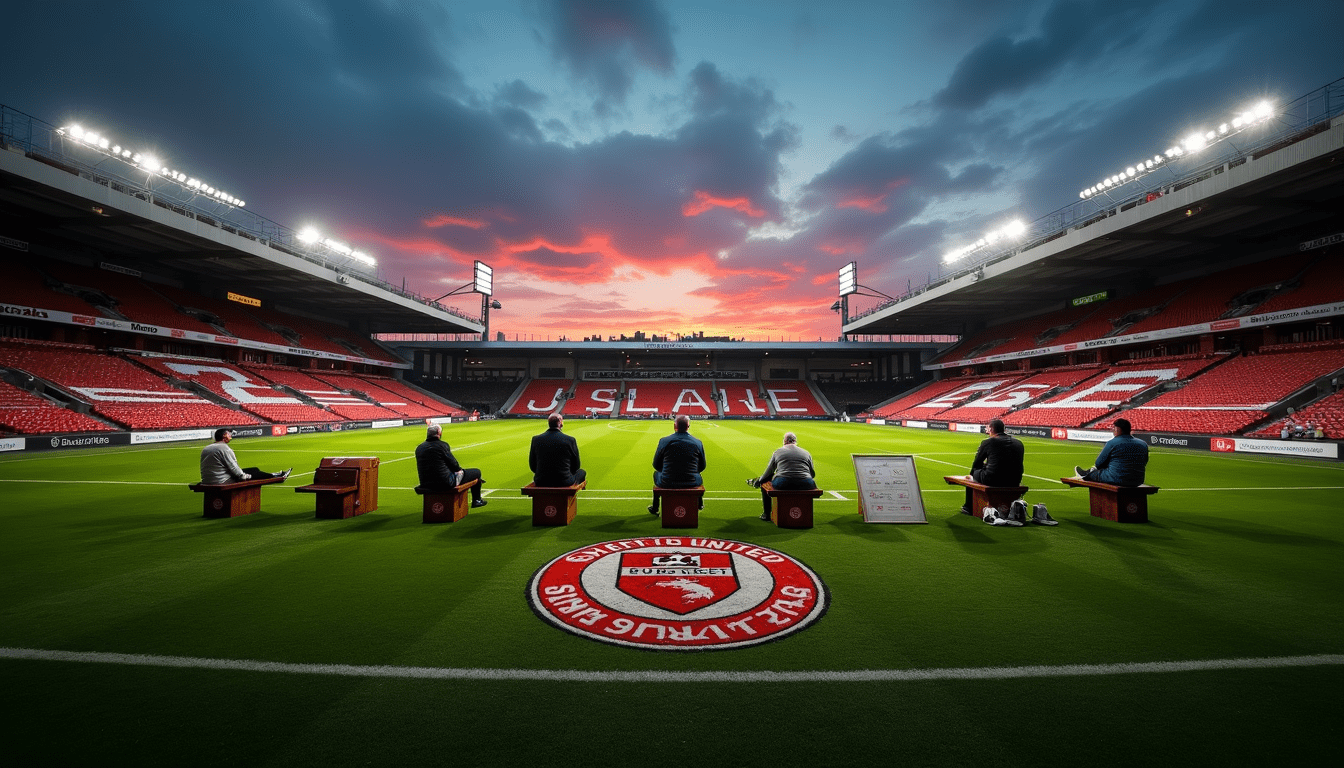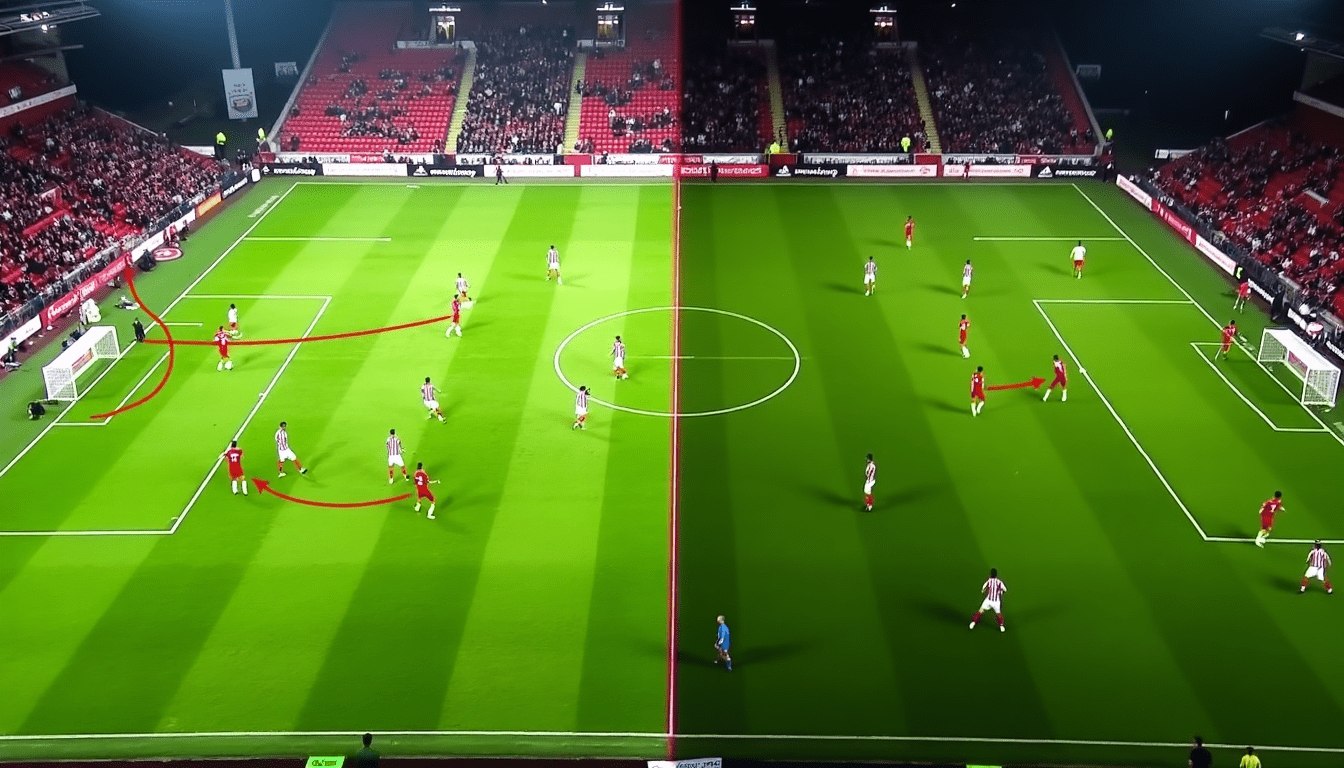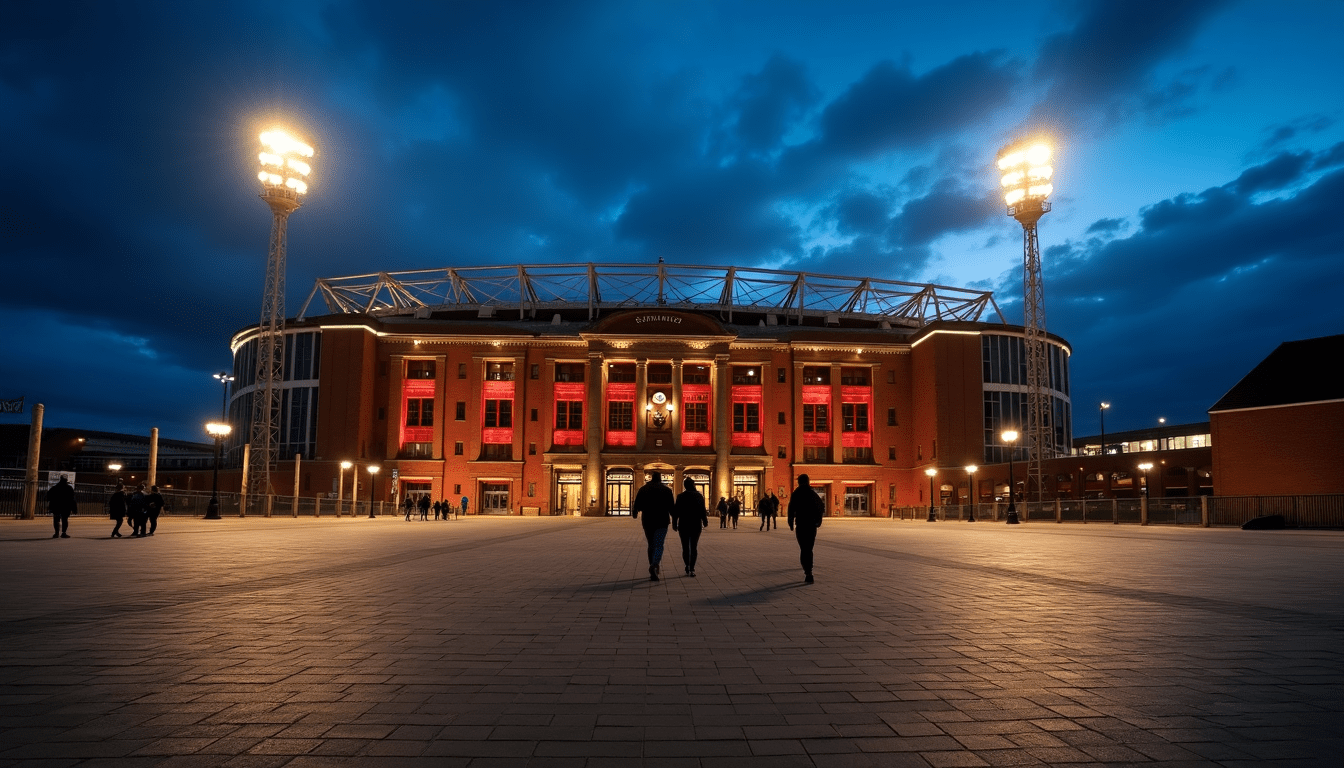
The Steel City Derby – Sheffield Wednesday claimed a historic 2-1 victory against Sheffield United on December 15, 1890, marking the beginning of one of football’s fiercest local rivalries. The intensity of this derby reached remarkable levels by 1895, as passionate fans created funeral cards to symbolically announce their rival’s demise.
Sheffield Wednesday has established an impressive legacy with four league titles and three FA Cups. Their rivals Sheffield United have secured three FA Cup victories. The city’s passion for football becomes evident through the numbers – combined crowds of 50,000 attended matches during the early 1990s peak period, despite Sheffield’s modest population of 500,000. A proposed merger between these clubs in the 1990s faced massive resistance, with 98% of supporters rejecting the idea outright. This reinforced a simple truth about Sheffield – fans pledge unwavering allegiance to either blue and white or red and white colors.
A City Divided: Geography and Identity in Sheffield
Sheffield’s football landscape goes beyond mere sporting rivalry. The city splits in half, showing deep geographical and cultural divisions. The Steel City derby between Sheffield United and Sheffield Wednesday reflects real differences in location, colors, and industrial heritage that have shaped their identities since the 19th century.
North vs. South: The physical divide
The blue and white Owls of Wednesday based in the North stand opposite to the red and white Blades of United who claim the South. This separation runs deeper than symbolism—it mirrors broader identity patterns that have characterized English geography for centuries.
Sheffield’s north-south division traces back to the Anglo-Saxon period. The Kingdoms of Northumbria and Mercia (North and Midlands) saw settlement by Anglian tribes, while Saxon populations occupied the Southern Kingdoms. These ancient settlement patterns created dialect differences that shaped today’s cultural divisions.
Football rules Sheffield’s collective spirit more powerfully than any other English city. A BBC Radio Sheffield sports manager said, “I don’t think people realize the size of football in Sheffield or how important it is to the people of the city”. Much of the city’s population attends Wednesday and United matches, which shows how football sits at the heart of Sheffield’s identity.
Blue and white vs. Red and white
Both clubs’ visual identities strengthen their separation. Sheffield United’s official colors are red, black, and yellow, and their main playing strips feature red and white. Wednesday’s blue and white colors have become powerful symbols of identity. These colors act as tribal markers that instantly reveal allegiances across the city.
People knew any Sheffield team as “the Blades” at first because of the city’s steel production. Wednesday’s move to the Owlerton district led to their “Owls” nickname, while United kept “the Blades” name. The rise of these nicknames shows how the clubs built separate identities despite their shared industrial roots.
How the steel industry shaped both clubs
Sheffield’s football rivalry ties directly to its industrial past. Sheffield Wednesday left Bramall Lane in 1889 over a rent dispute. The Cricket committee then formed Sheffield United to make up for lost money. This business choice, rooted in industrial-era economics, started over 130 years of fierce competition.
The “Steel City” name comes from Sheffield’s dominance during the industrial revolution and its world-famous steel production. This manufacturing legacy touched every part of life, including football culture. A local boxing coach tells young athletes, “There’s very little steel left in Sheffield now… they probably don’t realize why Sheffield is called the Steel City”.
All the same, both clubs keep strong ties to their industrial roots. Steel industry jobs supported local families, and workers backed their teams with fierce loyalty. Sheffield Forgemasters (formerly Firth Brown) created its own football team in 1905. Several players moved from there to United and Wednesday, including England international Ted Hufton.
The Steel City’s industrial world has changed dramatically. Steel jobs have vanished and workplaces have closed. Yet the rivalry between United and Wednesday burns as hot as ever—evidence of Sheffield’s manufacturing heritage that still defines the city’s character.
Inside the Matchday Experience: What Makes This Derby Special
The matchday feeling of a Steel City derby surpasses any ordinary football fixture. Sheffield becomes a melting pot of emotions hours before kickoff. The city’s pulse beats to football’s rhythm.
The Steel City Derby Atmosphere at Hillsborough
The streets of S6 turn into a sea of blue and white on derby day. Fans sing and chant their way to Sheffield Wednesday’s historic home. This rivalry stands as one of the oldest local matchups in world football. It started before the Liverpool and Manchester derbies, with the Wharncliffe Charity Cup in April 1891.
The buzz before the match is electric. Video footage shows supporters creating an intimidating wall of sound. Thousands of fans packed the surrounding streets before the latest derby at Hillsborough. You could feel their excitement as kickoff drew closer.
The atmosphere has turned ugly at times. Recent derbies saw safety concerns from thrown objects. Sheffield United fans in the Leppings Lane end’s upper tier threw items at Wednesday supporters below. This whole ordeal led to injuries. One grandfather said his 11-year-old grandson got hit by a plastic beer bottle. The boy suffered a concussion and his family left early.
The unique feeling at Bramall Lane
Bramall Lane creates its own special derby day experience. The stadium ranks among the best Premier League venues. No club scores higher in recent rankings for matchday atmosphere. This shows what makes Sheffield United’s home ground special when derby day comes around.
The stadium has seen major upgrades over the last several years to boost the fan experience. Levy UK + Ireland extended their 10-year partnership with the club. They promised to “raise the culinary experience” at the stadium. The club also renovated the 1889 Suite to improve matchday facilities.
Room for improvement still exists. Our research shows 71.8% of United supporters aren’t happy with matchday food and drink quality and prices. The exceptional atmosphere continues despite these concerns.
Police operations and security measures
Every Steel City derby needs massive police operations. People watching recent derbies called the police presence “one of the boldest displays in recent years”. A fan noted, “I’ve never seen as many police in one place as I did for the Steel City derby”.
Public safety requires hundreds of officers throughout S6 and the city center before, during, and after matches. Eight arrests happened during and after the latest fixture.
Authorities brought in strict measures after previous trouble. Twenty-two people got banning orders from both clubs for past incidents. Ten faced charges for disorder, and two received court-imposed football banning orders. Breaking these orders can mean jail time up to six months and £5,000 in fines.
Derby day brings extensive road closures. Leppings Lane and Penistone Road close from 10:30am. Three side streets shut down too: Fielding Road, Bickerton Road, and Vere Road. Away fans must stay in their stands until home supporters clear out.
Chief Superintendent Cherie Buttle said, “Attending a football match should be an enjoyable day out for everyone.” She emphasized that police “work very closely with all local football clubs to ensure anti-social behavior or violence is dealt with effectively”.
Family Feuds: How the Steel City Derby Splits Households
Sheffield’s football derby tears the city apart and splits homes right down the middle. The rivalry between United and Wednesday fans goes deeper than most football rivalries. Families feel its impact in ways outsiders might never understand.
Stories of divided families
Jenny and Geoff’s story stands out as a touching example of love conquering team loyalty. Jenny, a Wednesday supporter, had to hide her boyfriend’s true allegiance from her father. She knew her dad wouldn’t let Geoff through their door if he found out he was a Blade. The truth came out only after they got married.
Their story shows how football loyalty shapes relationships in Sheffield. “My dad supports Wednesday and we don’t get along very well when this game is coming up,” one local fan explained. Some families split so deeply that “fathers ceased to speak to sons and brother fell out with brother”. Many households watched helplessly as “relatives fell out with each other and fathers refused to speak to their sons because of their footballing loyalty”.
When the last Steel City derby tore through relationships
Recent Steel City derbies brought extra tension to mixed-allegiance homes. The 2019 derby at Bramall Lane sparked trouble before and after the match. 22 individuals got banned from both stadiums. Police charged ten people, and two received court-imposed football banning orders.
Derby days put normal family life on hold. One fan summed it up: the Steel City derby “is not just about football. Win and you’re buzzing for weeks, lose and you dread going to work on Monday”.
Workplace rivalries across Sheffield
Derby day tension spills into Sheffield’s workplaces too. “I work with plenty of Wednesday fans and it’s all we’ve really looked forward to all summer at work,” a United supporter shared. Match results can change office dynamics dramatically.
“Your week at work prior is full of banter as you’ll support different teams,” another fan explained. “The week after can be brilliant or horrific”. Sheffield’s rivalry stands out because supporters “see each other every day, work alongside each other, live in the same houses. There’s no escaping the persiflage if you lose”.
The derby sometimes brings unexpected benefits to workplace relationships. “I have found that it has helped me build a rapport with colleagues I haven’t talked to much before,” one fan admitted. The match creates common ground for conversation among coworkers, even if that means friendly teasing.
The Almost-Merger: When Two Nearly Became One
Sheffield’s football history has few moments as controversial as the 1990s proposal that almost brought the city’s biggest rivals together. This bold plan threatened the heart of the steel city derby – a match that shaped generations of Sheffield’s football identity.
The controversial 1990s proposal
Sheffield United’s managing director John Thurman shocked the football world in the late 1990s. He suggested merger talks with Sheffield Wednesday would start “sooner rather than later”. Money problems drove this stunning proposal. The two Sheffield clubs lost more money than any other English football team during 1997-98, with losses reaching £16.5 million.
“It would be a radical idea, but one we’ll have to seriously look at,” Thurman told the Yorkshire Post. “The whole football business keeps changing and smaller clubs can only survive by joining forces to become stronger”.
Sheffield Wednesday chairman David Richards reluctantly saw the business sense. “If you look at it from a purely business point of view it’s very, very sensible – it would be wonderful to be a city recognized as one of the best in football”. Yet he quickly pointed out the biggest obstacle: “But it’s tribal and the spectators would never call it acceptable”.
Fan reactions and protests
News spread through Sheffield like wildfire, and fans responded quickly and clearly. About 95% of blades and owls said they would refuse to watch what they called an “abomination”. One supporter spoke for many: “A merger might create a more successful and richer club, but I could never support it, and no one I know, Wednesday or United, would either. Heart could never be in it”.
Fans fought back hard. Both sides found unity only in their fierce determination to protect their traditions.
Legacy of the failed merger attempt
Fan opposition crushed any talk of merging or sharing grounds in the 1990s. Both clubs had to admit that “it would be unacceptable for Sheffield to lose one of its clubs or historic stadiums”.
The crisis revealed something unexpected – the clubs got along better than their fans. United and Wednesday showed this in 2011 when they held a joint conference to announce shared shirt sponsorship deals with local Sheffield companies. They proved that working together was possible, even as rivals.
Beyond Sheffield: How the Rivalry is Viewed Nationally and Globally
Sheffield’s residents experience the intense rivalry between Wednesday and United firsthand. The steel city derby reaches way beyond the city’s boundaries and catches eyes throughout Britain and worldwide—though it might not match the recognition of some other derbies.
Media coverage of the Steel City derby
The national broadcasters’ interest in Sheffield’s premier football contest has been hit or miss. Sky Sports sometimes skips the fixture, and one journalist pointed out, “maybe Sky Sports don’t think it’s big enough to be their featured game”. The derby “invariably attracts national TV coverage”, which shows its importance in English football’s world.
A broadcasting milestone happened in February 1967. The Sheffield derby became the first live match on Pay-TV. About 700 subscribers in Sheffield’s area could watch it after paying ten shillings (50p). This groundbreaking broadcast highlights the fixture’s place in history.
Comparisons to other famous football rivalries
The steel city derby stands out among British football’s most intense matchups. This derby represents “a proper derby, between two teams from the same place”, unlike rivalries between neighboring cities or towns. Its distinctive red versus blue dynamic adds to its legendary status.
Football historian Steve Tongue believes the fixture “deserves top billing” even though Liverpool, North London, and Manchester derbies get more attention. He points to Sheffield’s fundamental role in football’s evolution—the city created the world’s oldest existing club and made rules that still shape today’s game.
International fans’ view
The rivalry has loyal followers worldwide. Stories tell of dedicated fans “flying halfway around the world” to see the derby in person.
The steel city derby remains special in modern football as “one that divides friendships and families… in a world where so many rivalries have become diluted through regularity”. This genuine nature appeals to international audiences looking for authentic football culture away from commercialization.
The derby’s global influence shows up in unexpected places. Both clubs have celebrity supporters in various fields. TV stars, Hollywood actors, and musicians worldwide pick sides between Sheffield United and Wednesday. Their support spreads the rivalry’s influence far beyond South Yorkshire.
Conclusion
The Steel City derby stands as evidence of football’s ability to shape a city’s identity for more than 130 years. Sheffield’s industrial world has changed dramatically since that first match in 1890, but the passion between blue and red remains strong as ever.
This rivalry exceeds typical football matches. More than just a game, it embodies Sheffield’s spirit – dividing families, workplaces, and neighborhoods while uniting the city through shared tradition. Fans showed their steadfast dedication when they chose heritage over business logic during attempts to merge the clubs in tough financial times.
Both Hillsborough and Bramall Lane’s matchday experience definitely ranks among English football’s most intense atmospheres. Other derbies might get more national attention, but few match Sheffield’s divide’s raw authenticity, where rivals live and work side by side daily.
The Steel City derby belongs among football’s greatest rivalries without doubt. Sheffield’s steel industry might have declined, but Wednesday and United’s competitive fire burns as hot as any furnace that ever spread, ensuring this historic fixture will shape the city’s identity for generations ahead.
Steel City Derby – Your FAQs
Q1. What makes the Steel City derby so intense? The Steel City derby between Sheffield United and Sheffield Wednesday is one of football’s fiercest local rivalries, dividing the city geographically and culturally for over 130 years. The passion stems from the clubs’ deep roots in Sheffield’s industrial heritage and the close proximity of their stadiums, creating an intense atmosphere on match days.
Q2. How do the stadiums compare for the Steel City derby? Both Bramall Lane (Sheffield United) and Hillsborough (Sheffield Wednesday) offer unique matchday experiences. Bramall Lane is known for its electric atmosphere, while Hillsborough has historical significance. Both stadiums implement strict security measures on derby days to manage the intense rivalry between fans.
Q3. How does the Steel City derby affect Sheffield families? The rivalry often splits households, with family members supporting opposing teams. This can lead to playful banter or more serious tensions, especially around match days. The derby’s impact extends beyond match day, affecting workplace relationships and social dynamics throughout the city.
Q4. Was there ever an attempt to merge the two Sheffield clubs? In the late 1990s, there was a controversial proposal to merge Sheffield United and Sheffield Wednesday due to financial pressures. However, the idea was overwhelmingly rejected by fans, with approximately 95% opposing what they saw as an “abomination” that would destroy the clubs’ heritage and identity.
Q5. How is the Steel City derby viewed outside of Sheffield? While the Steel City derby may not receive as much national attention as some other rivalries, it is recognized as one of England’s most authentic and intense local derbies. The fixture has historical significance in football broadcasting and attracts interest from international fans and media, though some argue it deserves more recognition given Sheffield’s importance in football history.

